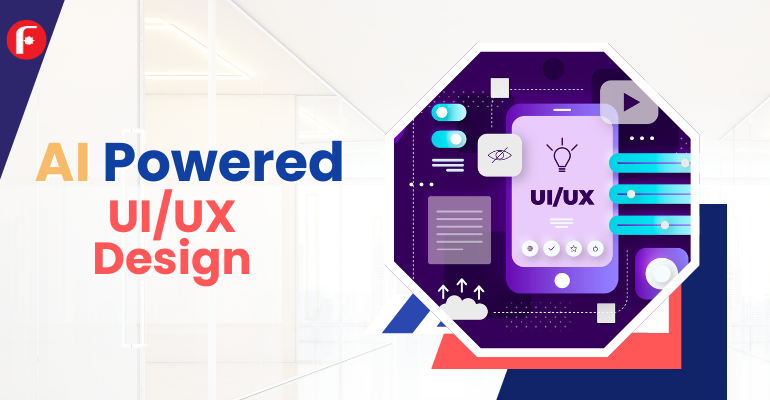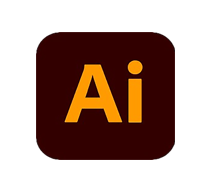info@futuremultimedia.in

UI/UX Design Course in Indore: Industry-Ready Skills
Our UI/UX design course in Indore is your pathway to a rewarding career. We focus on developing your skills in high-demand areas, preparing you to meet the growing needs of the industry and launch a successful career as a UI/UX professional
UI UX Design Course Overview
Discover the world of UI/UX design through our engaging training program in Indore. Learn from expert instructors and gain practical experience through our in-depth classes. We'll guide you every step of the way, helping you build a strong foundation for a successful career. This UI/UX Design Course delivers a blend of theoretical knowledge and practical skills, including capstone projects, assignments, tool proficiency, and the development of a professional Design Portfolio to prepare you for a successful career..
UI UX Design Class: Key Features
- Build a strong foundation in UI/UX design by mastering 21+ essential tools like Figma, Notion, Maze, Whimsical, and UIZard
- Gain practical experience through hands-on projects, culminating in a comprehensive capstone project at the end of each module
- Experience immersive learning through 55+ engaging case studies
- Learn to Leverage Gen AI for Efficient UI/UX Design
- Showcase your design projects on platforms like Behance and Dribbble.
- Masterclasses from the top faculty of III and top design experts from across multiple industries.
30+ Skills Covered
- UI Design
- UX Design
- Prototyping
- Design Thinking Principles
- Typography
- Wireframing
- HighFidelity Wire Framing
- Information Architecture
- Usability Testing
- Iconography
- Color Theory
- Empathy mapping
- Microcopy
- Information and Interaction Design
- Analyzing Aesthetics
- User Analysis
- UX Models
- Interaction Design
- Emotional Design
- Design AI-driven user experiences
- AI-assisted Interaction Design
- User Workflow Optimization



















